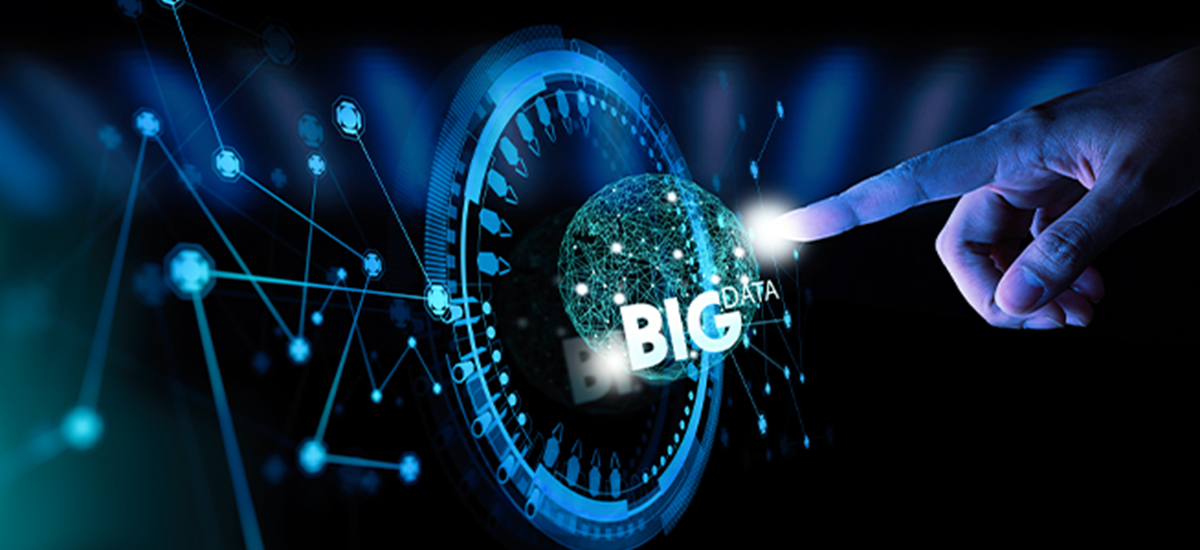Big Data: What it is, How it’s Used, and Why it is Important
1. What is Big Data?
Big data is large sets of data that are too complex to analyze, manage, or process using past traditional methods. The data can come in different kinds of structures, amounts, and require heavy duty storage.
There are 6 V’s that explain and characterize big data:
2. Where does it come from/where is the data kept?
Big data is created from the constant tracking and tallying of transactions, online interactions, social media, smart devices and much more. Now that technology plays a significant role in modern life, there are infinite opportunities for the generation of big data.
But where is the data stored when it is so vast? Well, there are many options depending on the data and purpose of use.
Distributed file systems like Hadoop Distributed File System (HDFS) and Apache Hadoop-compatible file systems provide scalable storage for big data. Here the data is broken down into blocks and distributed for parallel processing.
Object storage systems, such as Amazon S3, Google Cloud Storage, and Microsoft Azure Blob Storage, offer scalable and cost-effective storage for big data. The data stored here has unique identifiers for easy access and management.
NoSQL databases like MongoDB, Cassandra, and Apache HBase are designed to handle large volumes of unstructured and semi-structured data. They provide flexible data models and scalability, which allows easy access and management.
Data warehouses store structured, and semi-structured data optimized for analytics and reporting. They have relational database management systems (RDBMS) like Oracle, SQL Server, and Snowflake, enabling efficient data storage and query processing.
3. How can it be used?
There are many uses of big data. Processes like machine learning or analytics can be done with big data so the users can learn and apply the outcomes to benefit them. Some of the purposes include:
Risk Analysis and Predictive Modeling: Big data can be used for risk analysis and predictive modeling across industries like finance, insurance, and manufacturing. By analyzing historical data and real-time data, organizations can identify potential risks, forecast outcomes, and make proactive decisions to prevent risks and improve business processes.
Business Intelligence and Analytics: Big data analytics allows businesses to gain valuable insights from large volumes of data. It helps identify patterns, trends, and correlations, enabling data-driven decision-making. They can analyze customer behavior, market trends, and financial data to optimize processes, improve customer experiences, and drive innovation.
Personalized Marketing and Customer Experience: Companies can use big data to analyze purchase history, browsing behavior, and social media interactions. From this they can personalize marketing campaigns and improve the customer experiences.
Fraud Detection and Security: By analyzing large volumes of data in real-time, organizations can detect patterns, anomalies, and suspicious behavior which reduces fraud and security risks.
Healthcare and Precision Medicine: Big data plays a significant role in healthcare by analyzing large-scale patient data, medical records, genetics, and research data. It enables early disease detection, personalized treatment plans, drug discovery, and improved healthcare outcomes. Real-time analysis of medical data can also drive public health surveillance and response to outbreaks or epidemics.
Supply Chain Optimization: Big data analytics can optimize supply chain operations by analyzing data from various sources, including inventory levels, logistics data, supplier data, and demand patterns. It helps optimize inventory management, reduce costs, improve delivery schedules, and enhance overall supply chain efficiency.
Smart Cities and Urban Planning: Big data contributes to the development of smart cities by analyzing data from various sources such as sensors, social media, and IoT devices. It enables urban planners to optimize transportation systems, manage energy consumption, improve public safety, and enhance citizen services.
4. Why is it important?
Big data can be used to help make business decisions, predict outcomes, analyze trends, and more. This is important because all these uses can help organizations with their goals that can range from engaging customers to improving quality of life for patients as stated in the previous section. Ultimately big data can improve many aspects of life when used efficiently. Big data is all around us with infinite potential.
If you want to capitalize on your company’s data contact Moser Consulting.




